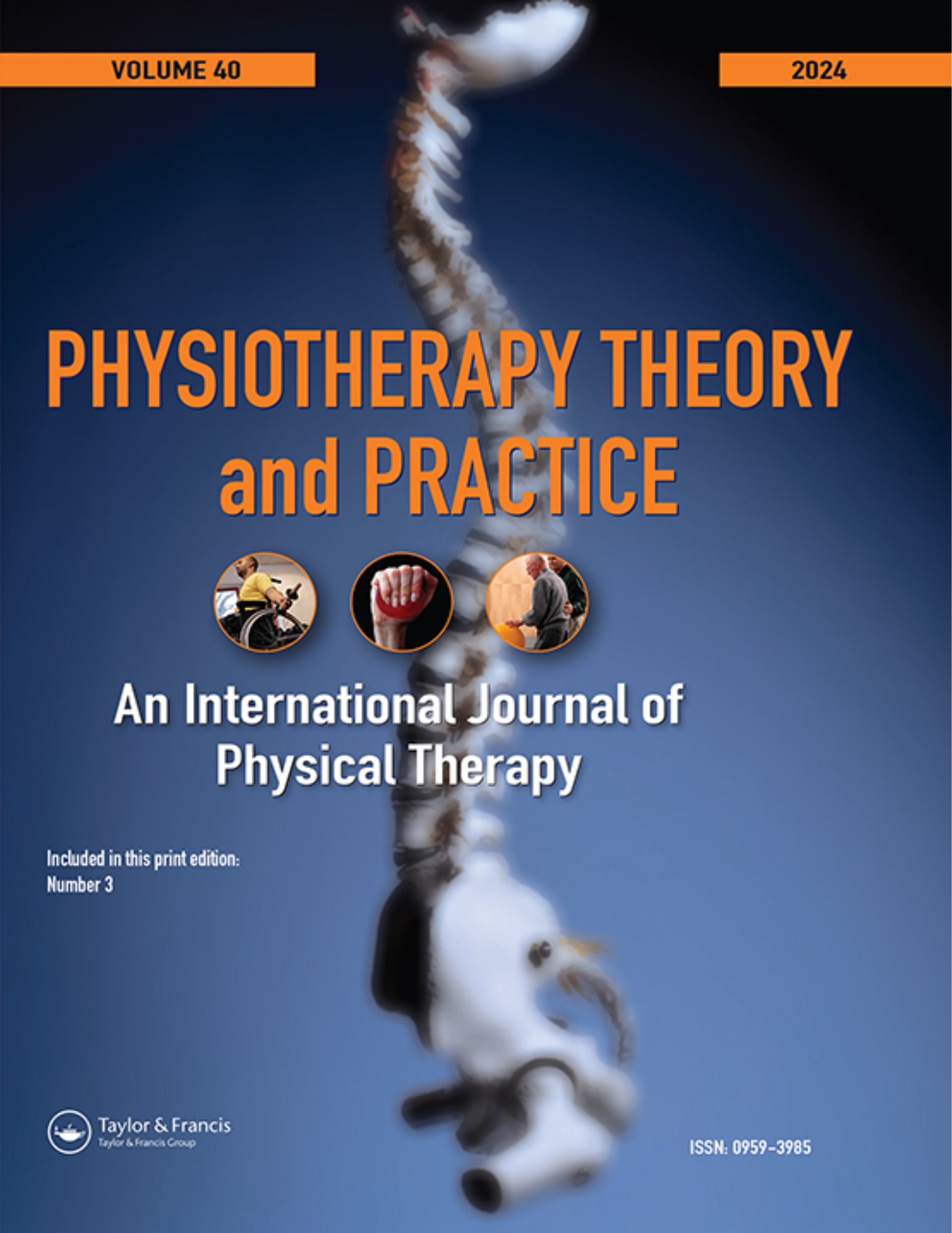
Scapular focused modalities versus standard therapies for patients with subacromial pain syndrome

Scapular focused modalities versus standard therapies for patients with subacromial pain syndrome
Scapular focused interventions to improve shoulder pain and function in adults with subacromial pain: A systematic review and meta-analysis
Physiother Theory Pract. 2018 Sep;34(9):653-670. doi: 10.1080/09593985.2018.1423656Did you know you're eligible to earn 0.5 CME credits for reading this report? Click Here
Synopsis
6 randomized controlled trials were included in this meta-analysis which sought to evaluate the effect of scapular focused intervention in management of subacromial pain syndrome. Control interventions included non-scapular focused interventions or no treatment. When assessed at the completion of treatment, scapular focused intervention groups demonstrated significantly lower pain and functional d...
To view the full content, login to your account,
or start your 30-day FREE Trial today.
FREE TRIAL
LOGIN
Forgot Password?
Explore some of our unlocked ACE Reports below!

Learn about our AI Driven
High Impact Search Feature
Our AI driven High Impact metric calculates the impact an article will have by considering both the publishing journal and the content of the article itself. Built using the latest advances in natural language processing, OE High Impact predicts an article’s future number of citations better than impact factor alone.
Continue



 LOGIN
LOGIN

Join the Conversation
Please Login or Join to leave comments.